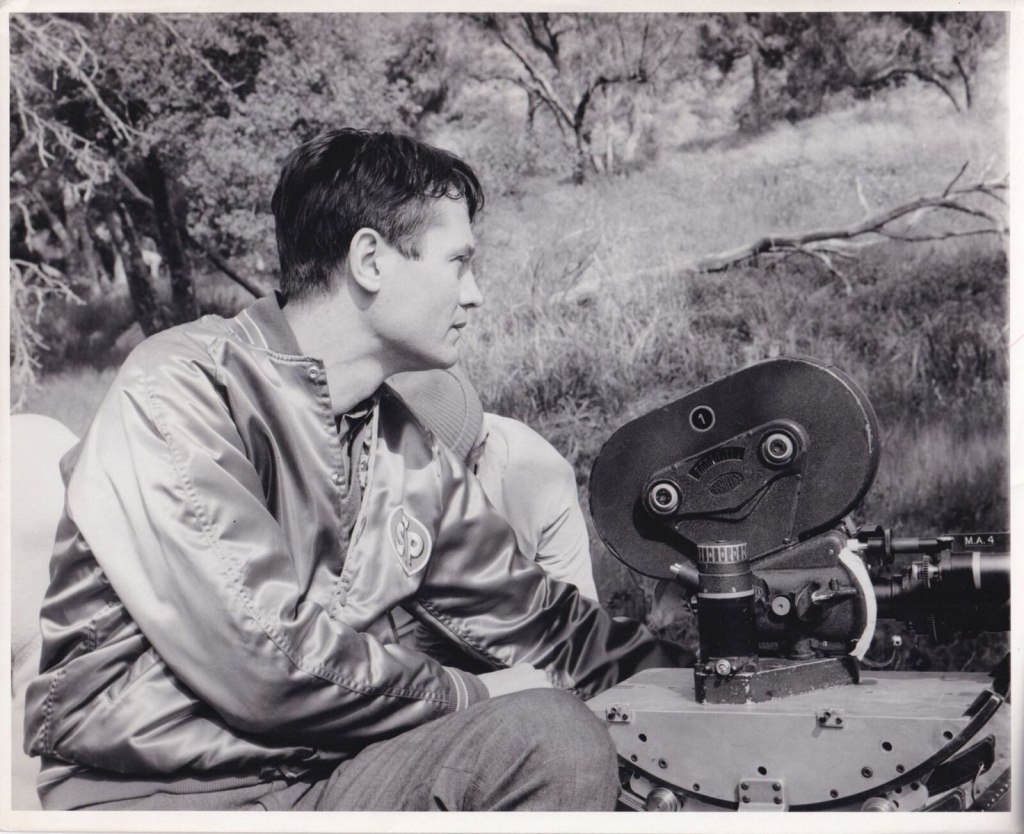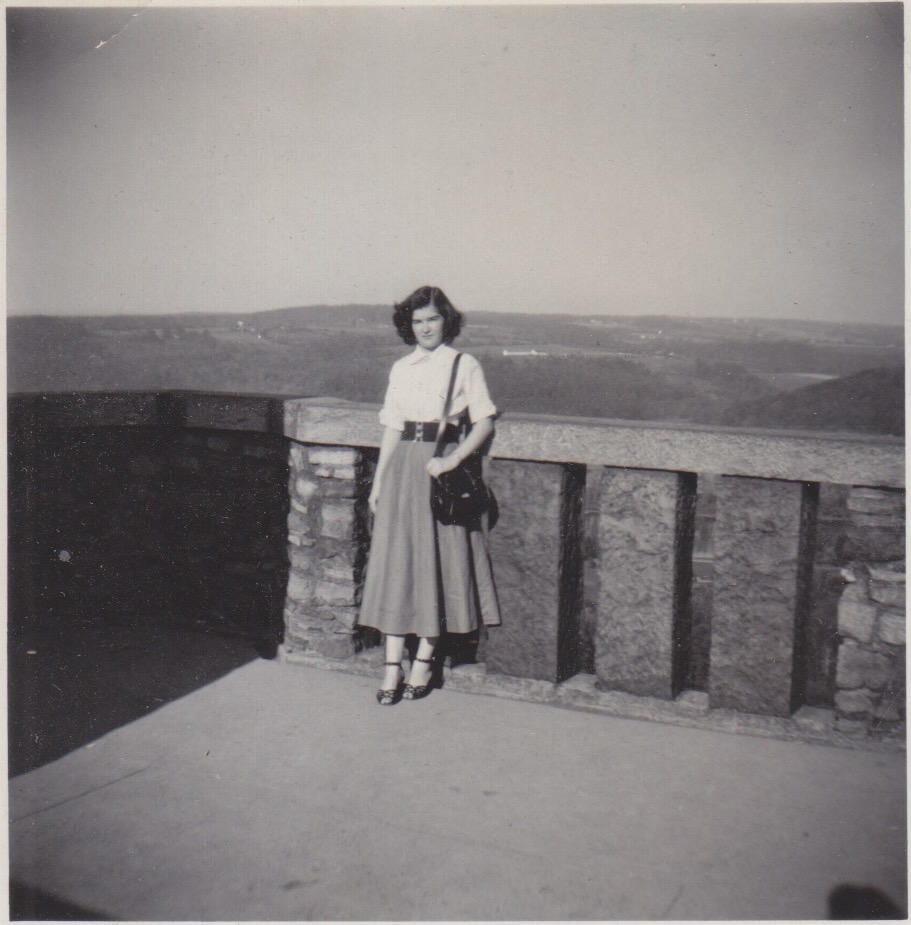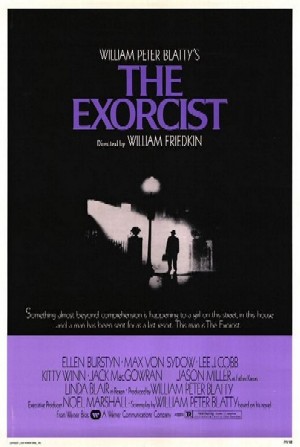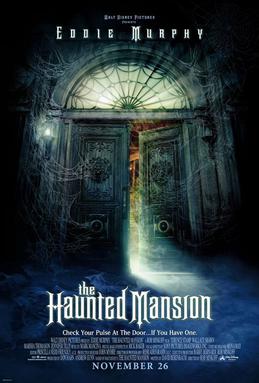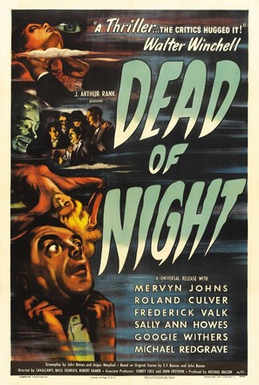Often I ponder how incredibly influential Frankenstein has been. Even those who don’t care for horror instantly recognize the creature and what he represents. (At least partially.) Tim Burton thought of tying Mary Shelley’s story to a pet dog in Frankenweenie. This was a black-and-white, live-action short released in 1984. It wasn’t aired much before being locked in Disney’s famous vault. It wasn’t really what Disney was known for. Ironically, then, in 2012 Disney released a feature-length version, also black-and-white. This one was stop-motion animation, however, inspired by Burton’s Corpse Bride characters, at least to a point. At its core the story of a bereft boy bringing his dog back to life, the original showed the mayhem introduced by crossing the border between life and death. Not too different from what Shelley was intimating some century-and-a-half before.
The remake, or reboot, was feature length and had to develop the plot a bit. Along the way there are numerous nods to other horror films. Critics have noted that horror is an amazingly self-referential genre. Comedy horror delights in parody. So, as a Vincent Price-like science teacher inspires Victor with the concept of reanimation via electricity, the boy decides to resurrect his pet. Other school children find out about the undead Sparky and decide to make their science fair projects reanimated pets. Or sea monkeys, in a clever take-off on Gremlins. Naturally, the other pets lack Sparky’s good will, not raised out of love, but out of a desire to win a competition. One student’s resurrected turtle becomes a Godzilla-like kaiju, allowing for winks at Jurassic Park. The cat-bat reminded me, anyway, of Gremlins 2.
Ultimately, the story comes to the same resolution as the original short. Of course, this isn’t scary horror. Comedy horror is an odd genre. It permits darker-themed elements to play against fun and fantasy. Frankenweenie isn’t really laugh-out-loud material, and if you’ve seen the previous version the story arc is already known. Still, it’s an effective movie. Although it made millions at the box office, it wasn’t as many millions as Disney has come to expect. But it is quintessential Burton. It also has a moral attached—that even scientists need to pay attention to love and the motivation for learning. The parents at the PTA meeting are scandalized by what science does, in a bit of real-life parody as well. So Frankenweenie came across as pretty good to me. I like monster movies. It did lack, however, the emotional impact of the original. Of course, the tale of a boy and his dog is its own kind of archetype, I suppose.


